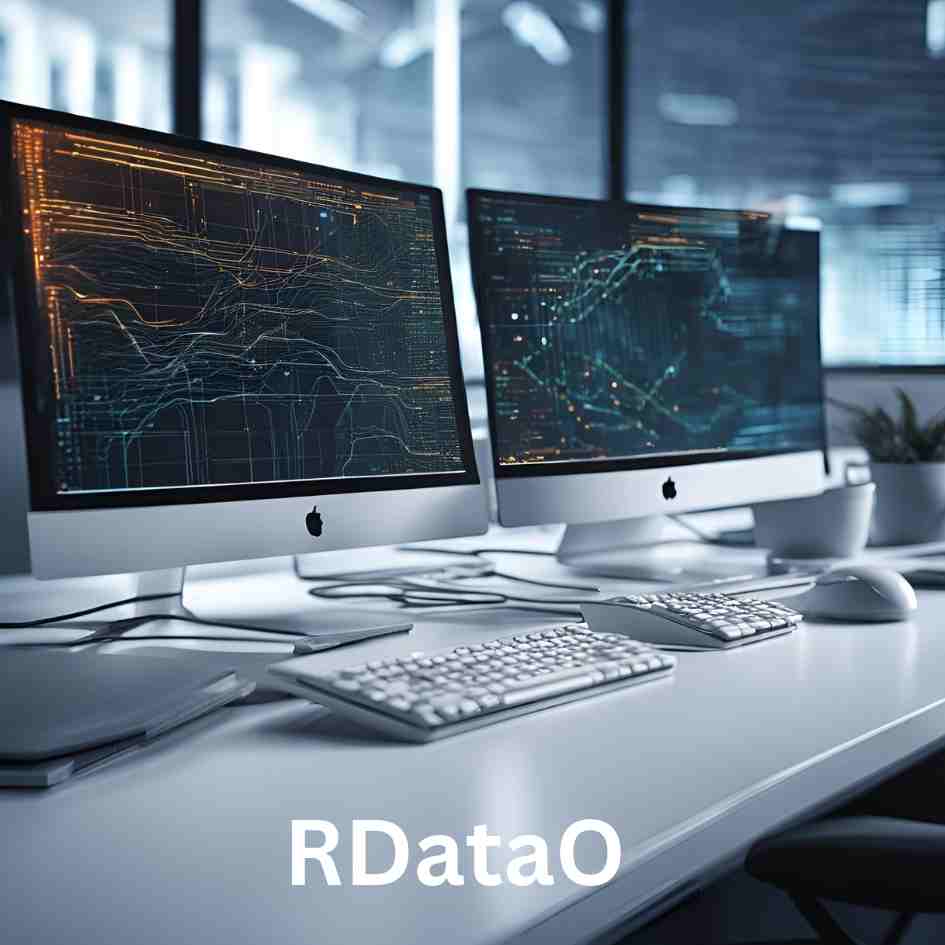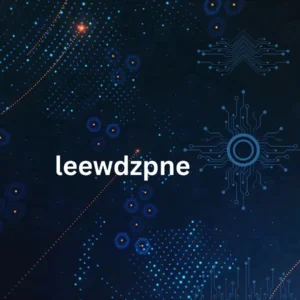KZ43X9NNJM65: Unraveling the Mystery Behind the Code
In the vast world of coding and technology, specific terms and codes often capture our attention, sparking curiosity and the need for deeper understanding. One such code is KZ43X9NNJM65. But what does it mean? Why is it significant? In this detailed guide, we aim to dive deep into the enigma surrounding KZ43X9NNJM65, breaking it down into digestible pieces and uncovering its true purpose. Whether you’re a coding enthusiast, a professional, or intrigued by your cryptic term, this guide is designed to provide clear, actionable insights.
What is KZ43X9NNJM65?
The term KZ43X9NNJM65 may seem like a random string of letters and numbers, but such codes often serve specific purposes. In many contexts, codes like KZ43X9NNJM65 can represent anything from product keys to API tokens or even be part of a security algorithm. Understanding the background and purpose of such codes is crucial, especially in software development, cybersecurity, and data encryption.
In coding environments, a combination of alphanumeric characters like KZ43X9NNJM65 is commonly used to secure sensitive information. This could be a license key for software, an encryption identifier, or even a system-generated password.
Why Codes Like KZ43X9NNJM65 Matter
In today’s digital age, security is paramount. Every application in today’s online service relies on codes and algorithms to protect users’ data. Codes like KZ43X9NNJM65 play a critical role in maintaining this security architecture. Here’s why:
- Encryption: Many systems utilize complex alphanumeric passwords to encrypt sensitive data. These codes ensure that only authorized parties can access the information, making them vital in preventing data breaches.
- Authentication: Codes like KZ43X9NNJM65 often serve as authentication tokens in applications. When a user logs into an application, these codes verify their identity and grant them access to the system.
- System Integrity: In some cases, codes such as KZ43X9NNJM65 are used to verify the integrity of the system or software. If any changes or alterations occur within the code, the system will reject unauthorized access, safeguarding its functionality.
How Codes Like KZ43X9NNJM65 Are Generated
Behind the generation of codes like KZ43X9NNJM65 lies an intricate process. Let’s explore how these codes come into existence:
- RandomizationLet’srithms: Codes like KZ43X9NNJM65 are often generated using sophisticated randomization algorithms. These algorithms ensure that each code is unique and cannot be easily replicated or predicted.
- Cryptographic Functions: In systems with critical security, cryptographic functions generate secure codes. These functions rely on advanced mathematical algorithms that produce unpredictable and irreversible strings.
- User Input-Based Generation: Sometimes, codes may be generated based on user-specific information. This could include the user’s name, account number, or other identifiable data. However, codes are still encrypted to maintain security.
Common Uses of Alphanumeric Codes Like KZ43X9NNJM65
Understanding where and why codes like KZ43X9NNJM65 are used is essential. These codes are more prevalent than most people realize. Here are a few examples of how they’re employed across different industries:
Software licensing: They’re pursuing or subscribing to software, and users are often provided with a unique license key, similar to KZ43X9NNJM65. This key ensures that only legitimate users can access the software. If the key is not valid, the software won’t activate.
API Keys and Tokens
In software development, APIs (Application Programming Interfaces) use codes similar to KZ43X9NNJM65 as authentication tokens. These tokens verify the user’s or application’s identity, making the request and ensuring that only authorized entities can access the data.
Cybersecurity
Security systems and applications often rely on alphanumeric codes like KZ43X9NNJM65 to verify user identities or encrypt data. From two-factor authentication codes to password resets, these codes ensure the highest level of security.
Digital Asset Tracking
In some industries, unique alphanumeric strings like KZ43X9NNJM65 are used to track digital assets. For example, a file stored on a cloud server might be assigned such a code to ensure it can be uniquely identified across the network, making it easier to retrieve or secure.
How to Decode and Interpret KZ43X9NNJM65
While understanding the generation and purpose of codes is crucial, knowing how to decode or interpret them is equally important. Here are some basic steps to decode alphanumeric strings like KZ43X9NNJM65:
- Understand the Format: Many codes follow a specific format. Breaking the code into parts (e.g., KZ43 – X9NN – JM65) can help understand its purpose.
- Look for Known Patterns: Some codes follow predictable patterns, especially in product keys or authentication tokens. Recognizing these can give you clues about the code’s purpose.
- Use Decoding Tools: There are tools available on on code’shat can help decode alphanumeric strings by analyzing their structure and components.
The Future of Codes Like KZ43X9NNJM65
As technology evolves, so will the use and complexity of codes like KZ43X9NNJM65. With the rise of quantum computing and more advanced encryption techniques, we can expect future codes to be even more secure, complex, and efficient. However, one thing remains constant: the need for safe, reliable, and robust systems will continue to rely on these codes.
Organizations must stay ahead of potential security threats by using cutting-edge technology to protect sensitive information. Whether through complex alphanumeric codes, advanced encryption, orit’sti-factor authentication, using secure codes will be a critical component of cybersecurity for years.
Conclusion
The code KZ43X9NNJM65 may seem mysterious at first glance, but its significance lies in its function. Whether serving as a security measure, a software license, or a unique identifier, codes like this are essential for ensuring data integrity and protection in a digital world.














Post Comment